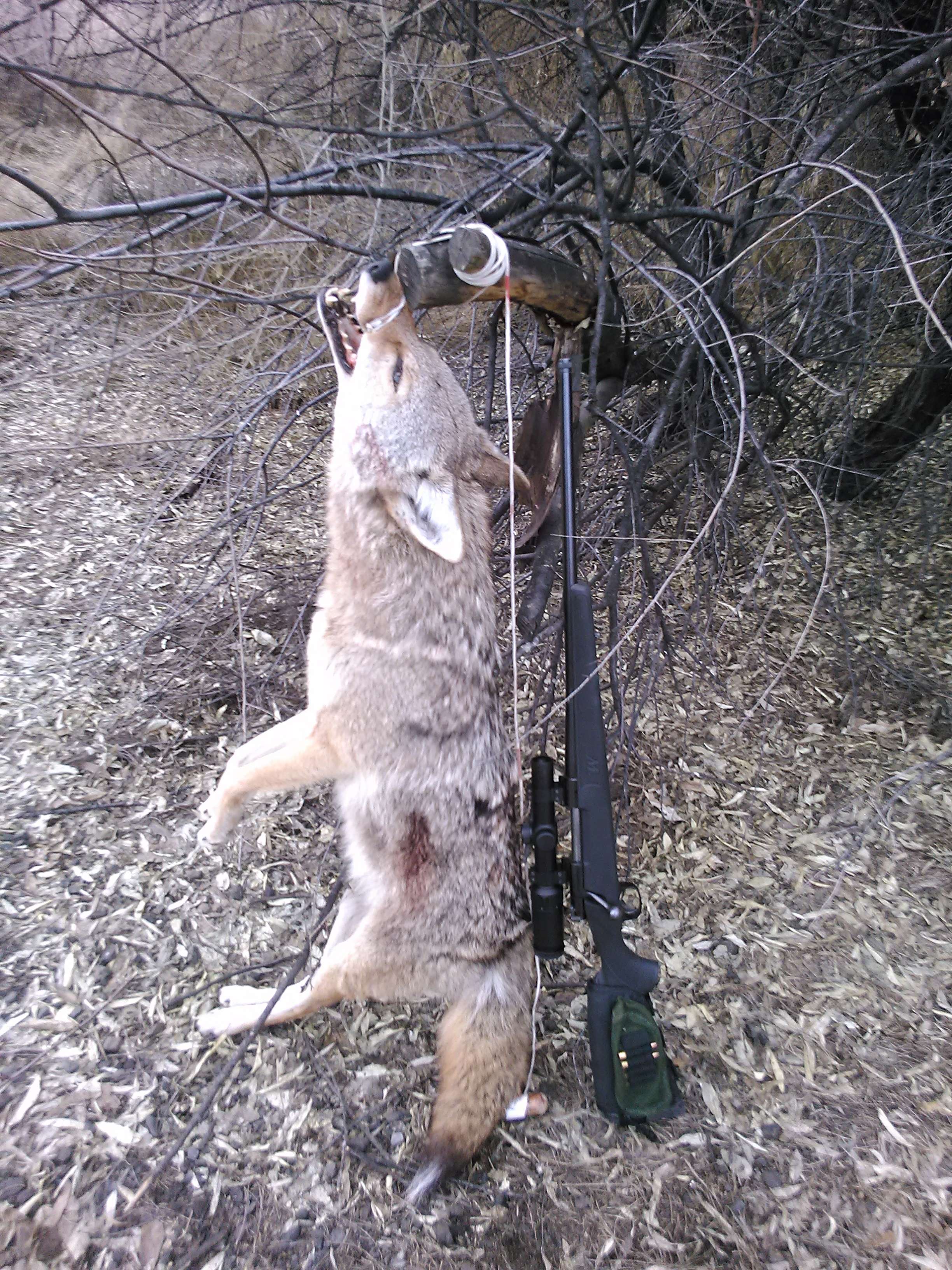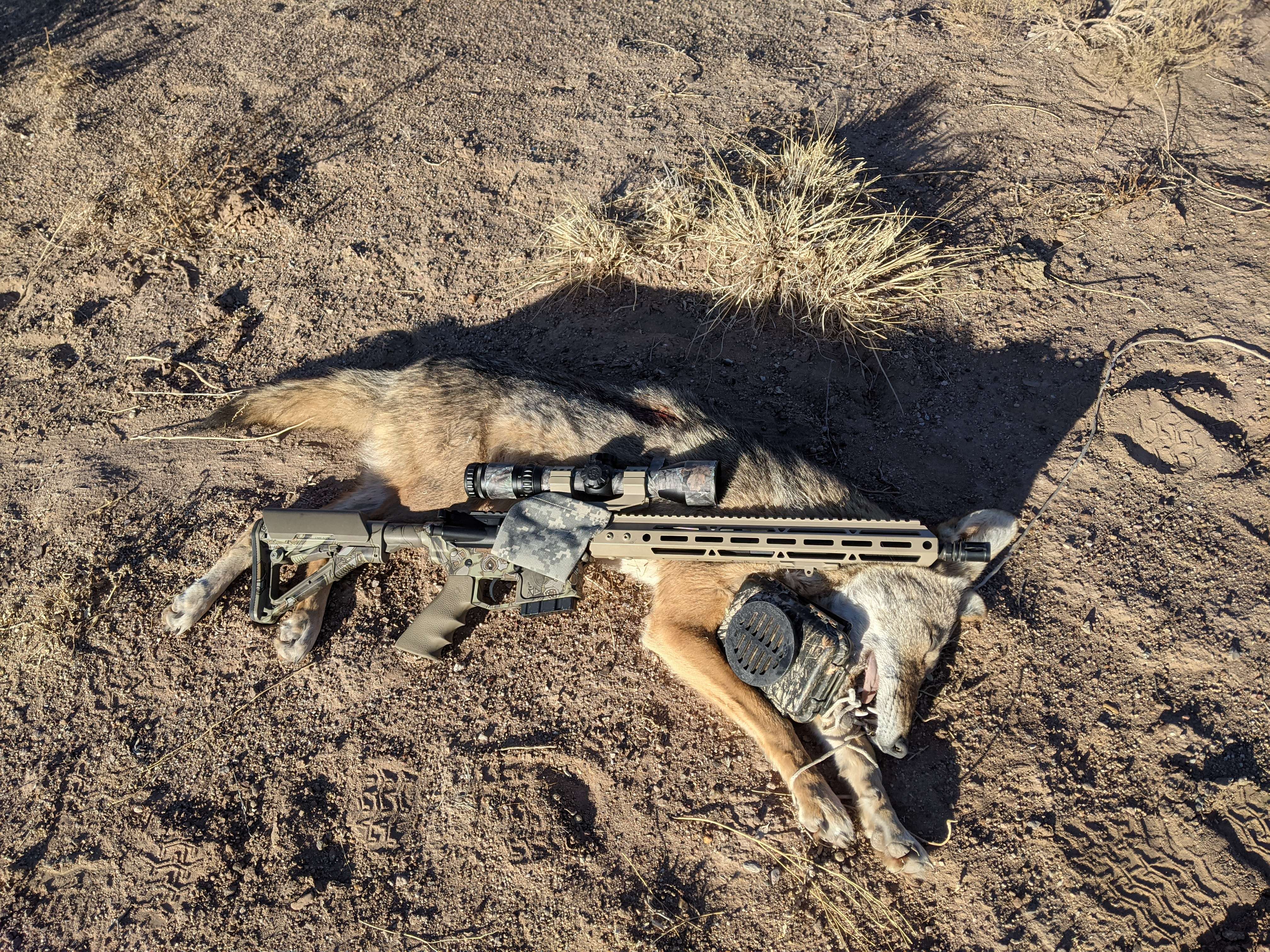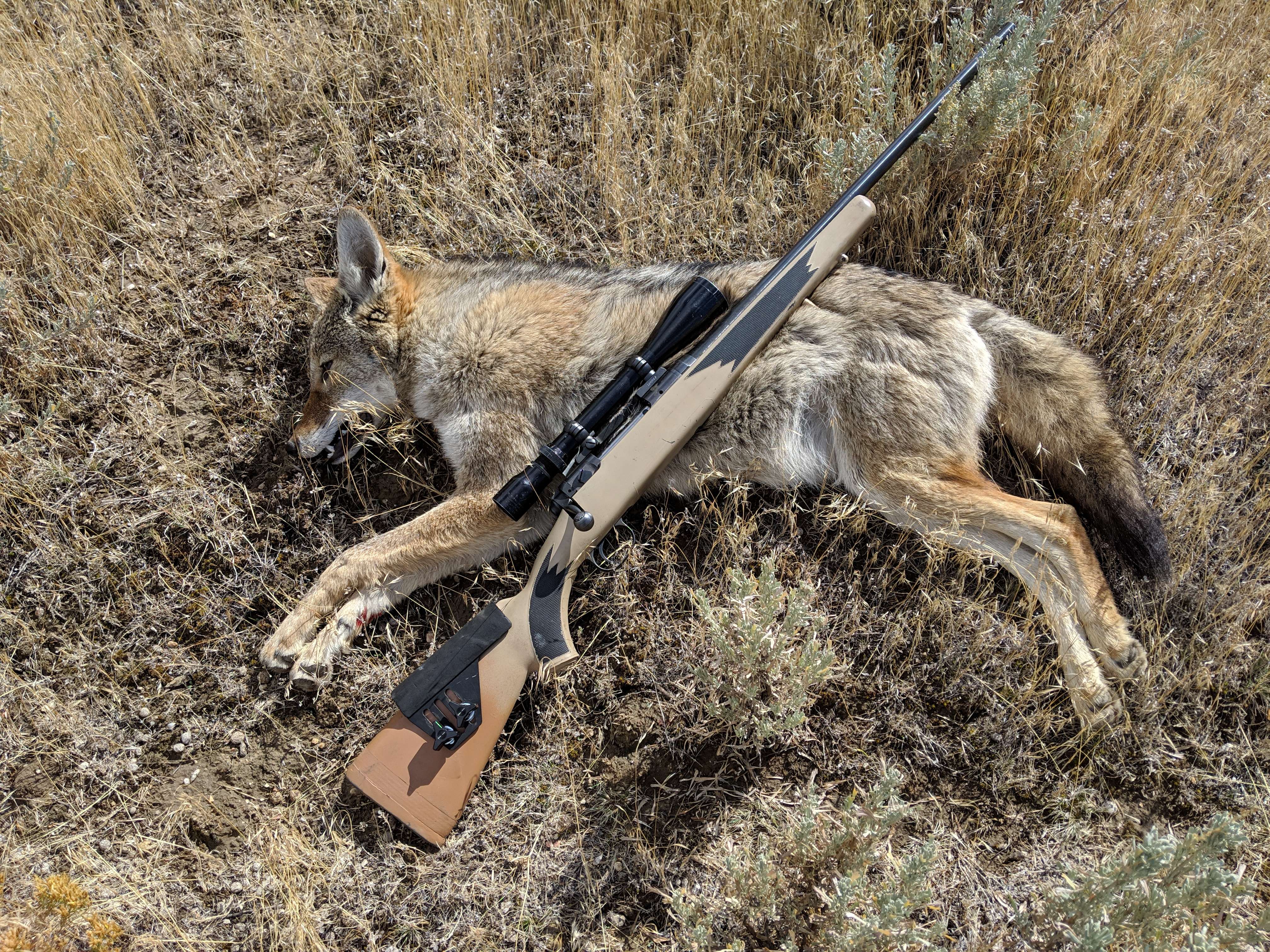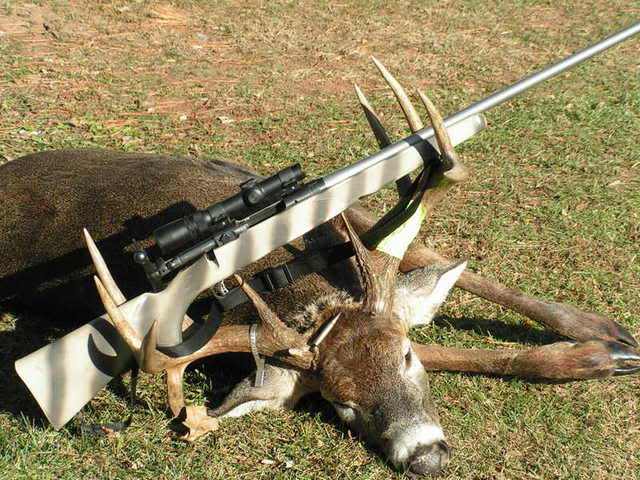AWS
Custom Accessory Maker & Retired PM Staff
When I started predator hunting there was a very limited selection of scopes, my 223 was topped with a Weaver K-4 with plain crosshairs. My 222 Rem wore a weaver K-3. I killed a lot of fox with those rigs.
I look at what is available today, LVPO's, LR scopes, FFP, SFP, Night Vision, Thermal vision, Christmas tree reticles, BDC, pretty much whatever you want you can get and prices that range from a hundred dollars to thousands. Pretty intimidating.
How you hunt and where you hunt will have a lot to do with what glass your rifle will wear.
Does your predator rifle have to double as a colony varmint rifle or your big game rifle.
Open country where you feel that most of your shots will be beyond 300 yards
Close in where a 300 yard shot will be long and rare.
These last two can exist together and is where your hunting style will come into play. Do you pick a hillside overlooking large open areas or head down into the thick stuff or close cover.
FFP or SFP I personally think that FFP scope should be strictly for those that expect all their shots to be long. With this in mind turrets and parallax adjustment needs to be reliable and spending more money for known reliability. SFP scopes will work here also, when you need the long-range capabilities, you will more than likely be on the highest power and again paying for reliability is foremost.
For those that think most of their shots will be from 50 -300 yards with an occasional longer on I find that a BDC reticle on a medium power variable can do the trick. The newer 6x variables work well with my favorite range is 2-12 but the 3-9 will cover it well and even some of the fixed 6's will do the trick. Why the BDC, as the coyote/predator gets closer movement will give you away and spoil a shot. Having to reach up and make scope adjustments is one more chance to give you away. I try and keep my scopes on the lowest power, if they show up closer than expected your in fine shape with no adjustments needed if they are out that far to need more magnification there is usually time to turn the power ring up without spooking them.
For those that like them in close, low power variables are the cat's butt. When you expect them under 50 yards, large FOV's promote fast target acquisition along with bold reticles. Again, I keep them on the lowest power, you can easily kill a coyote sized target to 150 on 1x or 1.5x beyond that you more than likely have time to turn up the power.
Cost of scopes if you're not turning turrets or adjusting parallax you can get away with a scope for a lot less money. Glass has come a long way over the years today a $100 dollar scope can be as clear as a high end scope in the past.
I shoot a few scopes in the $100 - $200 range, they kill predators just fine, they are quite clear and hold zero. Most of my scopes are in the $200-$500 range.
My personal choices are:
Open country, 2-12x40 and 2.5-10x40
Closer in. 1.5-6x40 and I just set up a little bolt action with a 1.5-4x20 for the light weight.
For close in stuff I shoot combo guns with 1-4x20 scopes
Good luck this season
I look at what is available today, LVPO's, LR scopes, FFP, SFP, Night Vision, Thermal vision, Christmas tree reticles, BDC, pretty much whatever you want you can get and prices that range from a hundred dollars to thousands. Pretty intimidating.
How you hunt and where you hunt will have a lot to do with what glass your rifle will wear.
Does your predator rifle have to double as a colony varmint rifle or your big game rifle.
Open country where you feel that most of your shots will be beyond 300 yards
Close in where a 300 yard shot will be long and rare.
These last two can exist together and is where your hunting style will come into play. Do you pick a hillside overlooking large open areas or head down into the thick stuff or close cover.
FFP or SFP I personally think that FFP scope should be strictly for those that expect all their shots to be long. With this in mind turrets and parallax adjustment needs to be reliable and spending more money for known reliability. SFP scopes will work here also, when you need the long-range capabilities, you will more than likely be on the highest power and again paying for reliability is foremost.
For those that think most of their shots will be from 50 -300 yards with an occasional longer on I find that a BDC reticle on a medium power variable can do the trick. The newer 6x variables work well with my favorite range is 2-12 but the 3-9 will cover it well and even some of the fixed 6's will do the trick. Why the BDC, as the coyote/predator gets closer movement will give you away and spoil a shot. Having to reach up and make scope adjustments is one more chance to give you away. I try and keep my scopes on the lowest power, if they show up closer than expected your in fine shape with no adjustments needed if they are out that far to need more magnification there is usually time to turn the power ring up without spooking them.
For those that like them in close, low power variables are the cat's butt. When you expect them under 50 yards, large FOV's promote fast target acquisition along with bold reticles. Again, I keep them on the lowest power, you can easily kill a coyote sized target to 150 on 1x or 1.5x beyond that you more than likely have time to turn up the power.
Cost of scopes if you're not turning turrets or adjusting parallax you can get away with a scope for a lot less money. Glass has come a long way over the years today a $100 dollar scope can be as clear as a high end scope in the past.
I shoot a few scopes in the $100 - $200 range, they kill predators just fine, they are quite clear and hold zero. Most of my scopes are in the $200-$500 range.
My personal choices are:
Open country, 2-12x40 and 2.5-10x40
Closer in. 1.5-6x40 and I just set up a little bolt action with a 1.5-4x20 for the light weight.
For close in stuff I shoot combo guns with 1-4x20 scopes
Good luck this season
Last edited:








